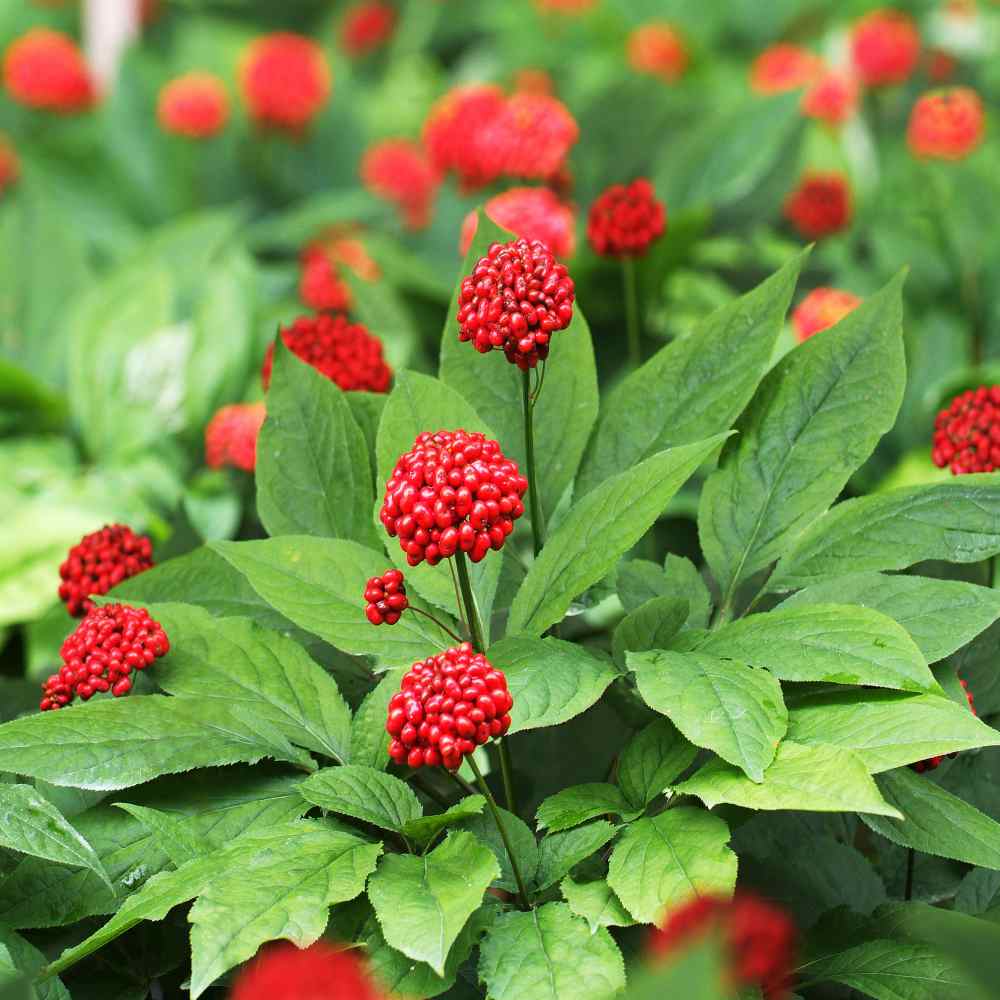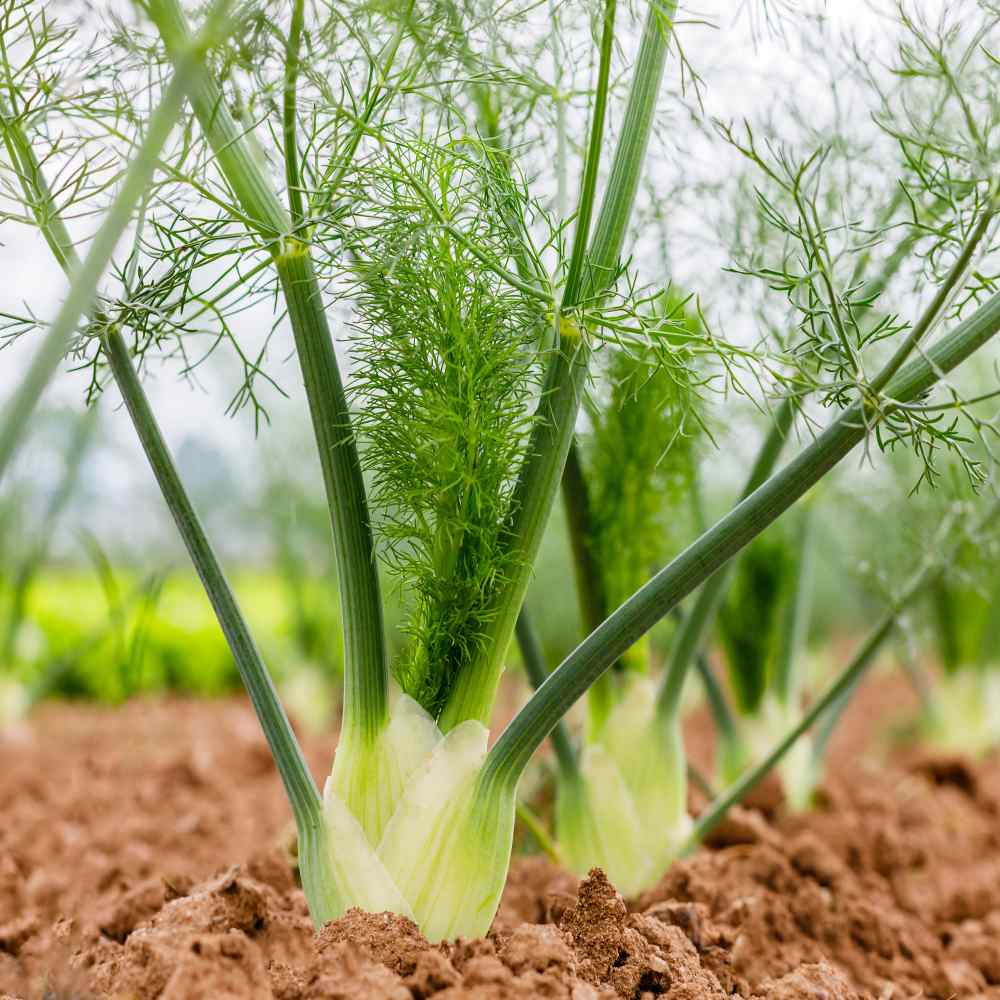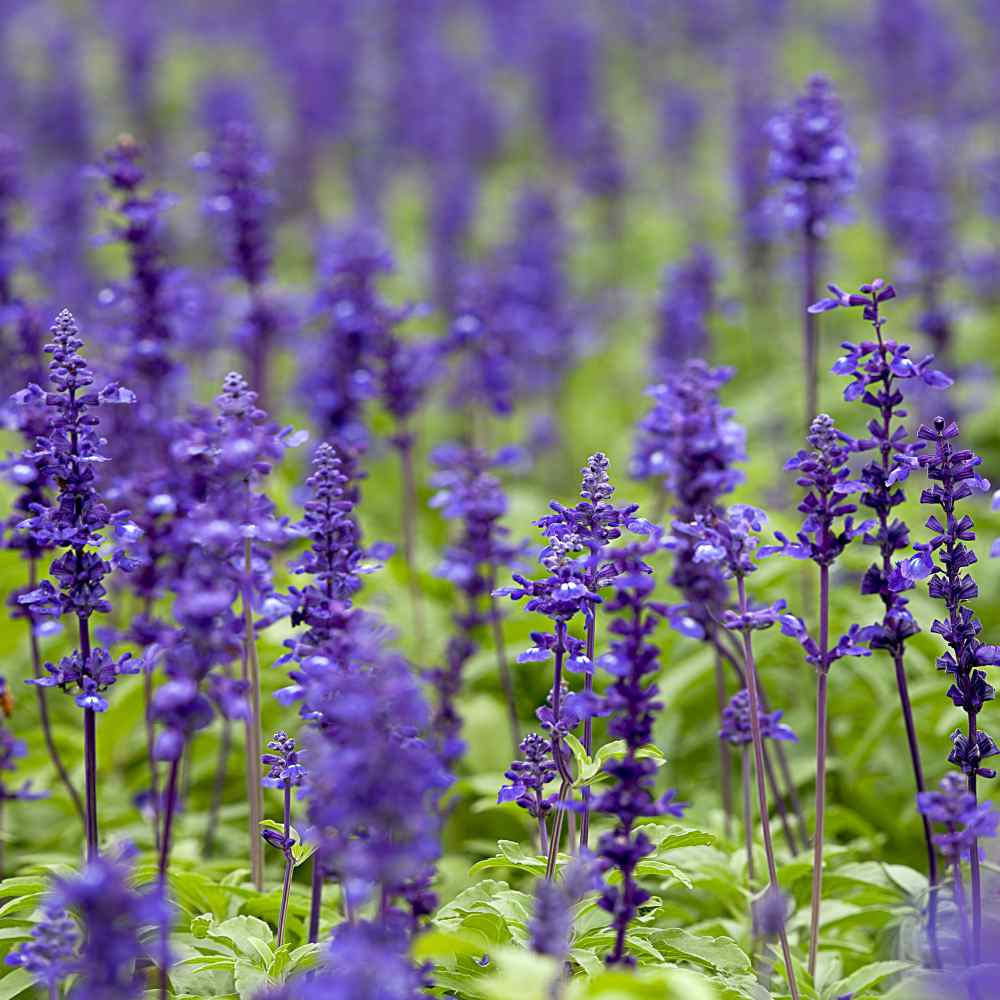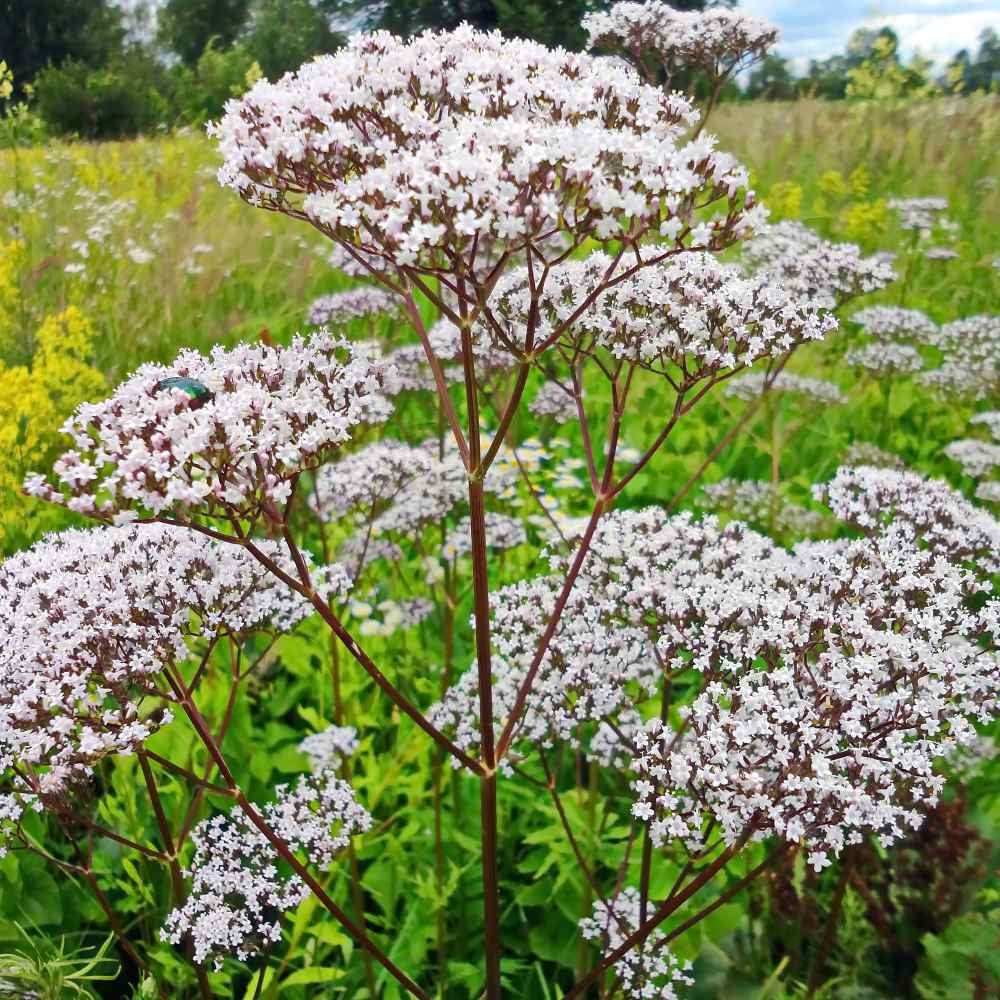
Ginseng Planting and Care Guide
Quick Facts About Ginseng
Ginseng is a perennial herb that has long been used in traditional medicine. It is slow to grow, and is native to East Asia. It generally takes about 5 years before Ginseng is ready to be harvested.
Planting Time
Ginseng seeds require considerable patience, and should be cold-stratified before planting. To do so, mix the seeds in sand inside a plastic bag, then place the bag in the fridge for 6 months. Sow treated seeds in autumn.

Planting Location
Ginseng should be planted in an area of partial to full shade in soil that is rich and well-drained.
How to Grow Ginseng
- Ginseng seeds first need to be stratified, which can be performed as described above under "Planting Time".
- Prepare a seedbed outdoors by breaking up soil and removing weeds. Sow 1-2 seeds per plant at a depth of 1 to 1.5 inches. Space seeds 1-2 feet apart.
- Keep seeds consistently moist (but not wet) until germination. Germination is highly irregular, and often takes several months.

Care And Maintenance
- Keep weeds under control during the growing season. Weeds compete with plants for water, space and nutrients, so control them by either cultivating often or use a mulch to prevent their seeds from germinating.
- Mulches play a vital role in preserving soil moisture and ensuring consistent soil temperatures. When it comes to annuals, using organic mulch made from shredded leaves not only enhances the appearance of the bed but also enriches the soil as it decomposes over time. Remember to keep mulch away from the plant stems to avoid potential rot issues.
- Ginseng should be watered regularly, especially during dry spells. However, avoid waterlogging the soil, which can lead to root rot.
- Fertilization is unnecessary, and a mulch will supply all the nutrients that established Ginseng plants will need.
- Make sure to wait a few years (4-5) after planting before attempting to harvest Ginseng root. The roots need to develop three or more prongs before they are mature and ready to be harvested.
- Ginseng root can be eaten raw, used in tea, or cooked with meals. It can also be preserved by drying for later use.




































